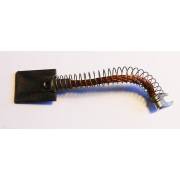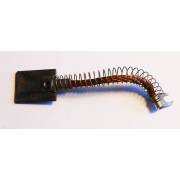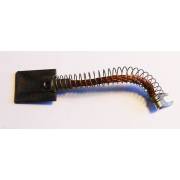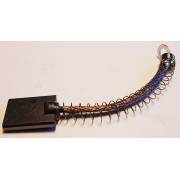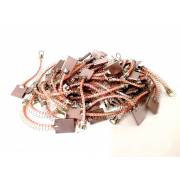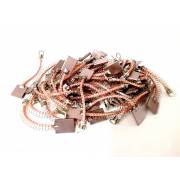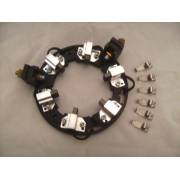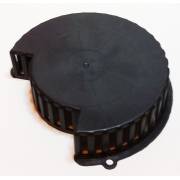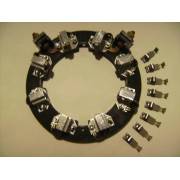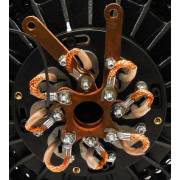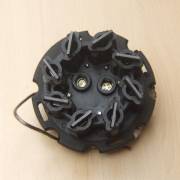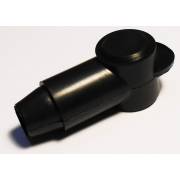Engine accessories are components or devices that are used in conjunction with an engine to improve its operation, safety or functionality. These accessories can be added to or integrated with the motor to meet the specific needs of the application in which the motor is used. Here are some examples of commonly used engine accessories:
Cooling Systems: Engines generate heat during operation, and cooling systems, such as radiators and fans, are used to keep engine temperatures at acceptable levels and prevent overheating.
Lubrication Systems: Engines need lubrication to reduce friction and wear between moving parts. Lubrication accessories include oil pumps, oil filters and oil tanks.
Intake and Exhaust Systems: These systems allow air to enter the engine for combustion (intake) and the removal of burnt gases (exhaust). They include air filters, intake and exhaust manifolds, valves and mufflers.
Starting Systems: Engines need a means of starting, including electric starters, manual (pull) starters, or air starters.
Electrical Systems: Motors often require electrical accessories, such as sensors, voltage regulators, switches, cables and connectors for operation and control.
Control Systems: Control accessories, such as control panels, programmable logic controllers, frequency inverters (for speed regulation), and safety devices, are used to monitor and control motor operation.
Belts and pulleys: In some applications, belts and pulleys are used to transmit engine power to other components, such as pumps, compressors or generators.
Filtration Systems: To maintain fluid cleanliness and quality, fuel filters, oil filters, and air filters are often used with engines.
Emissions management systems: To meet environmental standards, some engines are equipped with emission reduction devices, such as catalysts or exhaust gas recirculation (EGR) devices.
Protection and safety systems: These accessories include overload, short circuit and overheat protection devices, as well as emergency stop devices to ensure operator safety and motor protection.
Motor accessories are selected based on the specific requirements of the motor application, its size, power and operating environment. They help optimize engine performance and ensure reliable and safe operation.


